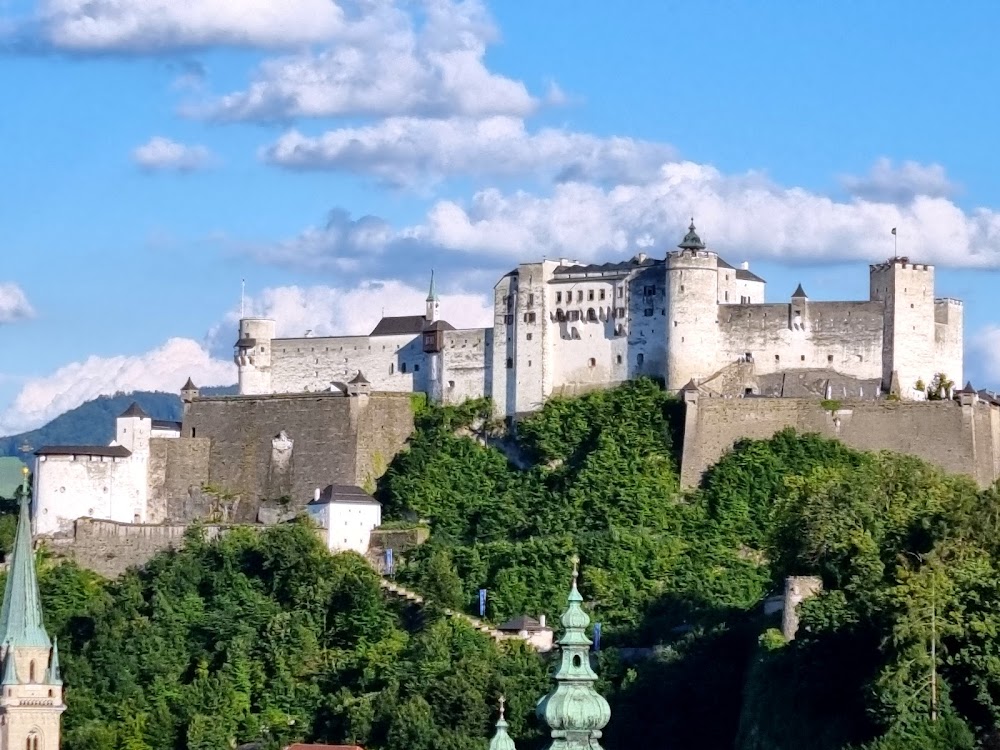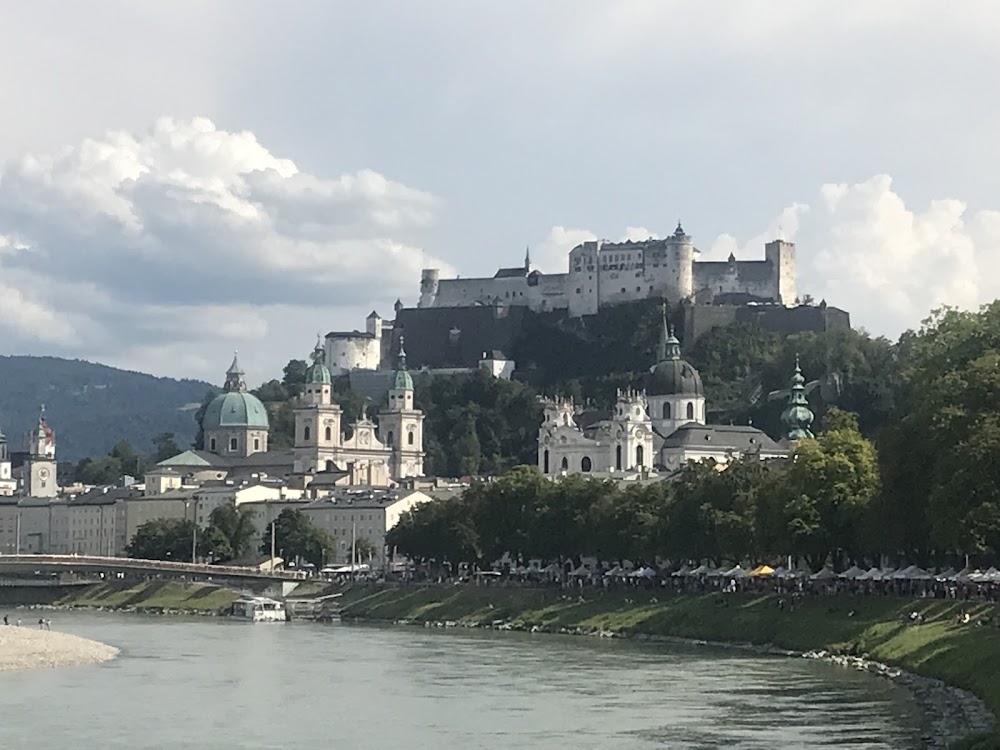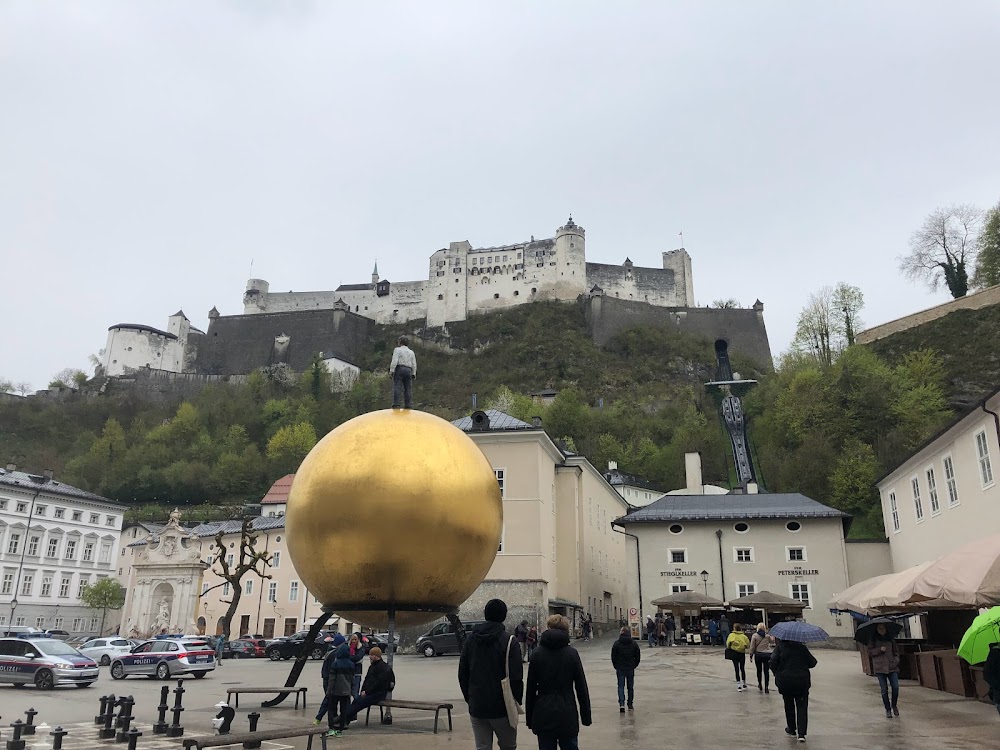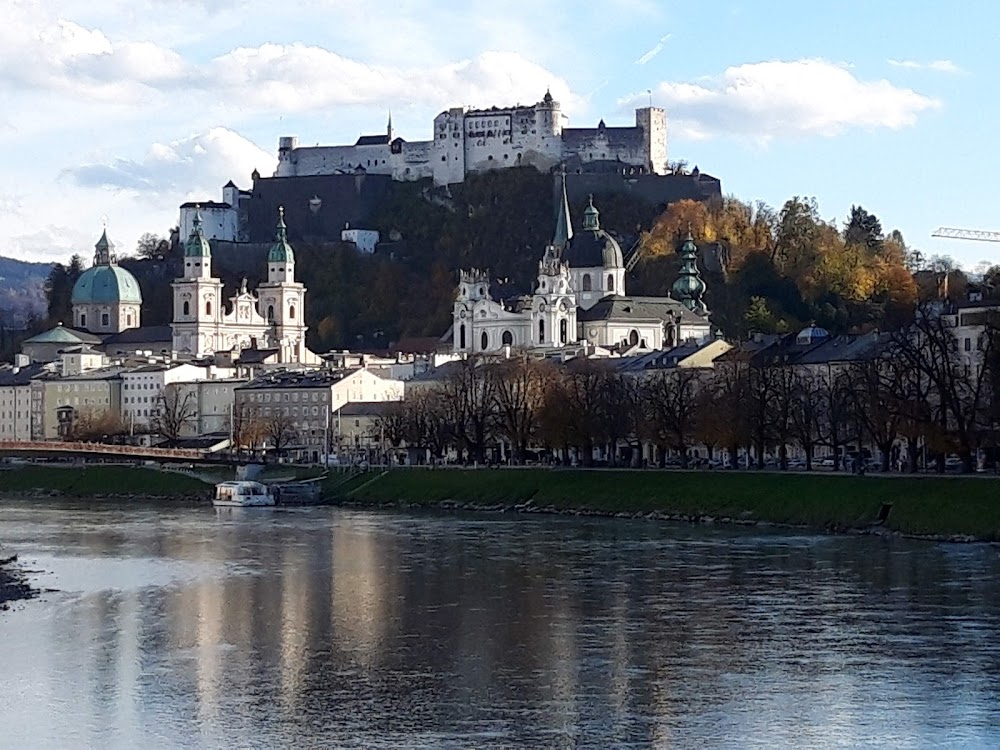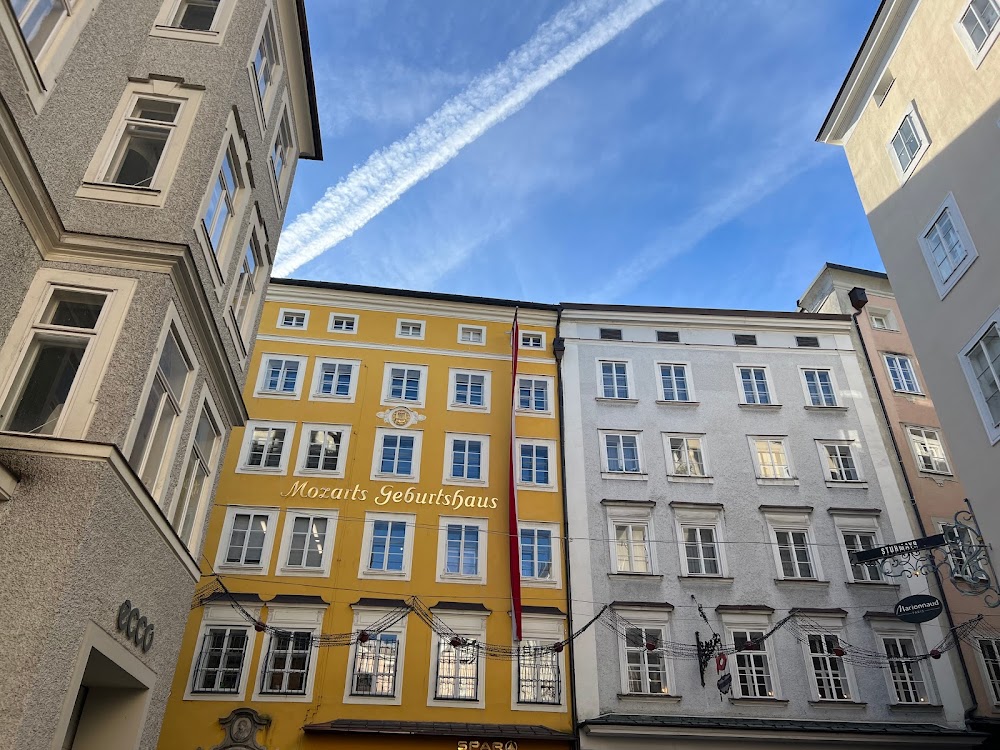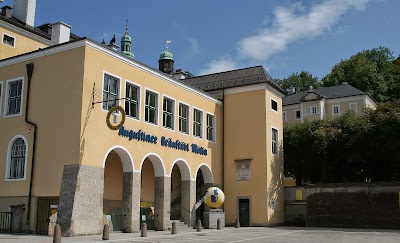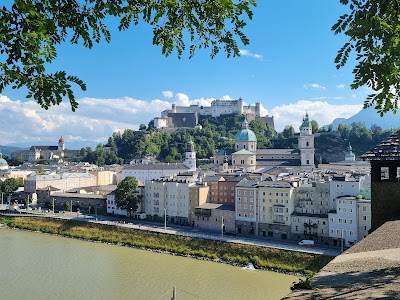Hohensalzburg Fortress (Festung Hohensalzburg)
Overview
Nestled atop Festungsberg, a small hill in Salzburg, Austria, stands the magnificent **Hohensalzburg Fortress**. Construction of this grand stronghold began in 1077 under Archbishop Gebhard von Helfenstein. Initially a simple bailey with a wooden wall, it soon evolved into a formidable stone structure, designed to defend against threats during the Investiture Controversy—the intense power struggle between church and state.
Over the centuries, **various archbishops** expanded and fortified the fortress, each leaving their mark on its grandeur. The fortress we see today largely took shape in the 15th century, notably under the reign of Archbishop Leonhard von Keutschach. Between 1495 and 1519, he significantly enhanced its defenses, constructing many of the interior buildings that visitors can explore today, such as the opulent State Apartments and the stunning Golden Hall.
Archbishop von Keutschach was not just focused on aesthetics; he initiated crucial upgrades to withstand both traditional and emerging artillery threats. This included thickening the walls and adding defensive towers, transforming the fortress into a resilient symbol of the wealth and power of the Salzburg archbishops.
Remarkably, **Hohensalzburg Fortress** was never truly tested in battle, a testament to its imposing presence. Its mere sight was often enough to deter potential attackers, securing Salzburg's safety during turbulent times.
The journey to this historical marvel, once arduous due to its elevation, has been made comfortable thanks to the **Festungsbahn**, a funicular railway established in 1892. This picturesque ride offers visitors an easy ascent to the fortress, setting the stage for an unforgettable exploration.
Inside the fortress, visitors can wander through a variety of rooms and halls, each showcasing its unique charm. The **Golden Chamber**, adorned with intricate carvings and golden decor, reflects the opulence accumulated by the archbishops. Additionally, the Fortress Museum and the Rainer Regiment Museum provide fascinating insights into Salzburg’s military history and the daily lives of soldiers stationed there.
Beyond its role as a defensive stronghold, **Hohensalzburg** served as a secure retreat for the archbishops during internal conflicts, such as the Bauernkriege (Peasants' Wars). It also functioned as a prison; notably, Archbishop Leonard von Keutschach used its stout walls to confine his political adversaries.
The fortress weathered the Napoleonic Wars as well. When Napoleon's forces invaded Salzburg in the early 19th century, the fortress was surrendered without resistance, allowing it to escape destruction. Today, it stands tall as a well-preserved bastion, reflecting both medieval and Renaissance architecture.
Hohensalzburg Fortress is not only a historical monument but also a **cultural beacon**. It hosts various events throughout the year, including enchanting classical concerts. The **Reckturm tower** offers breathtaking views of the city and the surrounding Alps, making it a must-visit for tourists and history enthusiasts alike.
Meticulously preserved, the fortress today functions as a living museum. Ongoing restoration efforts ensure that its medieval charm remains intact while adapting to modern tourist needs. The fortress continues to inspire awe with its sheer size and rich historical narratives, telling tales of an era long past but never forgotten.
In conclusion, **Hohensalzburg Fortress** stands as a true masterpiece of medieval fortification and one of Europe’s largest, fully preserved castles. Each stone and alley within its walls tells a story of strategic genius, relentless power struggles, and the tenacious spirit of those who built and maintained this iconic landmark.


